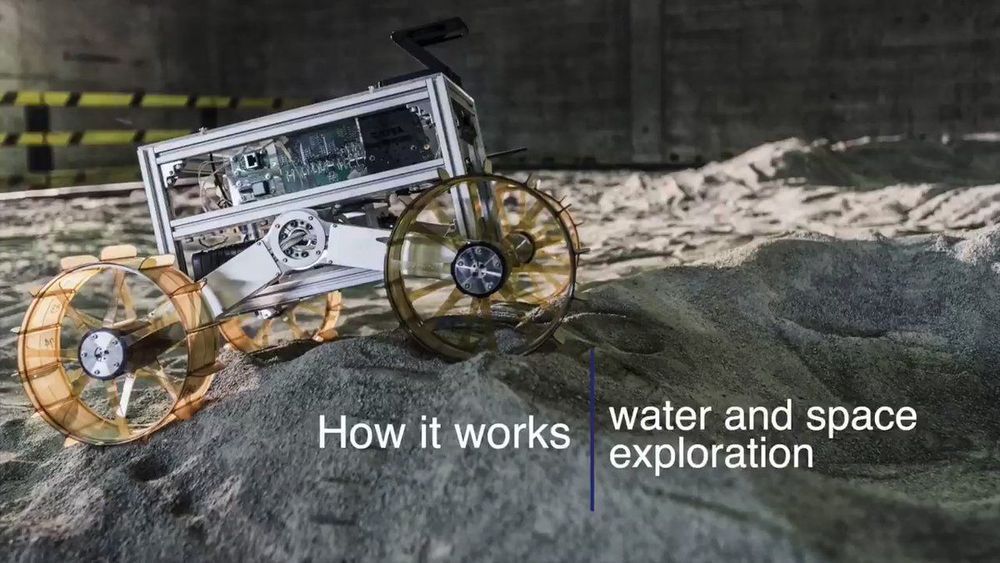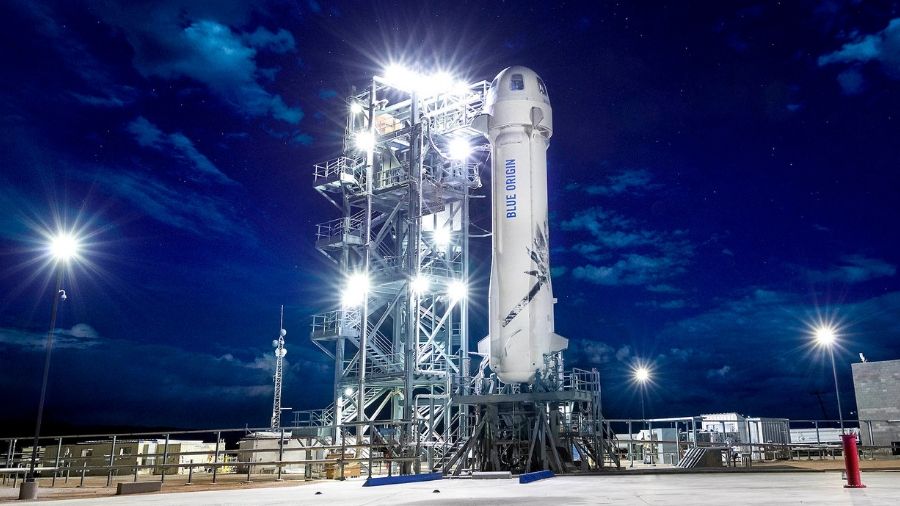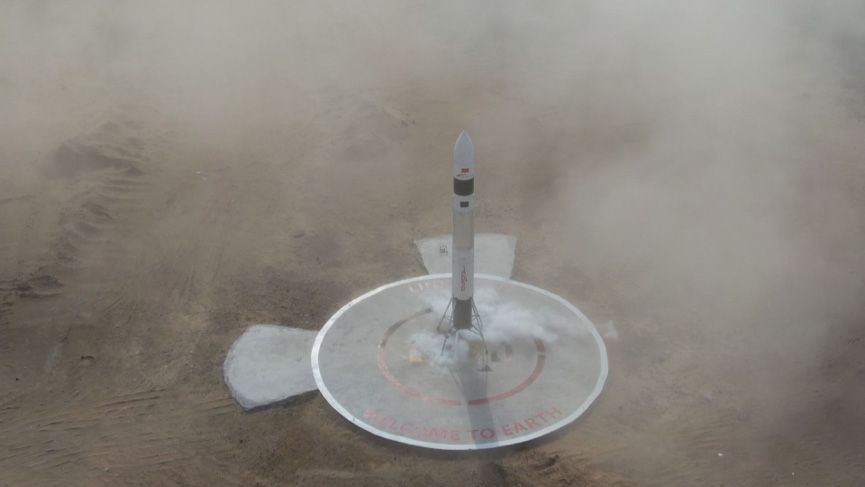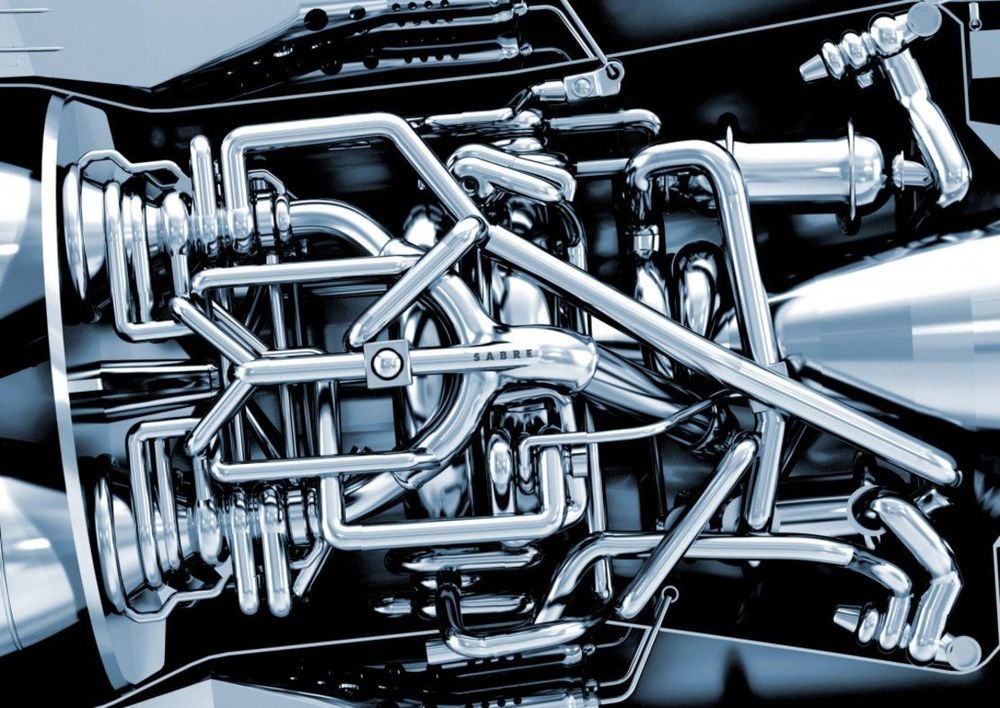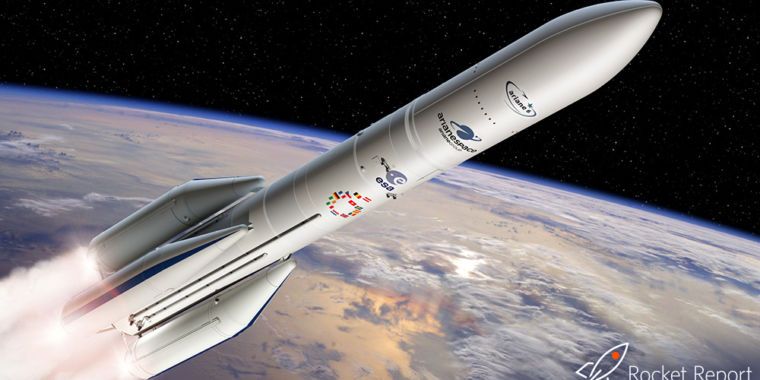Archive for the ‘space travel’ category: Page 368
Apr 25, 2019
Blue Origin: everything you need to know about the Amazon.com of space
Posted by Genevieve Klien in categories: Elon Musk, space travel
Apr 24, 2019
China to build moon station in ‘about 10 years’
Posted by Quinn Sena in category: space travel
Beijing plans to send a manned mission to the moon and to build a research station there within the next decade, state media reported Wednesday, citing a top space official.
China aims to achieve space superpower status and took a major step towards that goal when it became the first nation to land a rover on the far side of the moon in January.
It now plans to build a scientific research station on the moon’s south pole within the next 10 years, China National Space Administration head Zhang Kejian said during a speech marking “Space Day”, the official Xinhua news agency reported.
Continue reading “China to build moon station in ‘about 10 years’” »
Apr 23, 2019
Atomic beams shoot straighter via cascading silicon peashooters
Posted by Quinn Sena in categories: particle physics, quantum physics, space travel
To a non-physicist, an “atomic beam collimator” may sound like a phaser firing mystical particles. That might not be the worst metaphor to introduce a technology that researchers have now miniaturized, making it more likely to someday land in handheld devices.
Today, atomic beam collimators are mostly found in physics labs, where they shoot out atoms in a beam that produces exotic quantum phenomena and which has properties that may be useful in precision technologies. By shrinking collimators from the size of a small appliance to fit on a fingertip, researchers at the Georgia Institute of Technology want to make the technology available to engineers advancing devices like atomic clocks or accelerometers, a component found in smartphones.
“A typical device you might make out of this is a next-generation gyroscope for a precision navigation system that is independent of GPS and can be used when you’re out of satellite range in a remote region or traveling in space,” said Chandra Raman, an associate professor in Georgia Tech’s School of Physics and a co-principal investigator on the study.
Continue reading “Atomic beams shoot straighter via cascading silicon peashooters” »
Apr 22, 2019
China’s LinkSpace successfully launches reusable rocket to a new height
Posted by Genevieve Klien in category: space travel
China’s private rocket company LinkSpace successfully launched a reusable rocket in east China’s Shandong Province on Friday. The RLV-T5 rocket flew to a height of 40 meters and then safely landed, in 30 seconds.
On March 27, the company finished its first low-altitude launch at a height of 20 meters.
Whenever the term “reusable rocket” is mentioned, people would at once link it to the U.S. giants like SpaceX and Blue Origin. Now, China’s LinkSpace is hoping to make its presence felt in the market.
Continue reading “China’s LinkSpace successfully launches reusable rocket to a new height” »
Apr 20, 2019
Antimatter Catalyzed Fusion Propulsion Update
Posted by Klaus Baldauf in categories: business, education, space travel
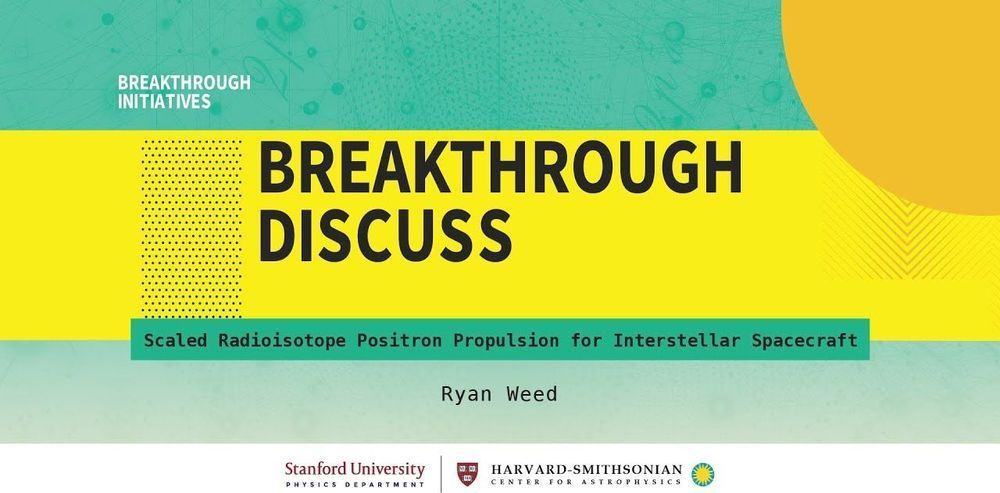
Ryan Weed updates the work at Positron Dynamics at Space Access 2019. Positron Dynamics has completed the NASA NIAC study. They are applying for some Small Business Innovation Research (SBIR) grants.
Positron Dynamics will use Krypton isotopes to generate positrons. They would breed more Krypton isotopes. They sidestep the issue of antimatter storage. It would take 10 school buses of volume at the Brillouin limit to trap 1 microgram.
Continue reading “Antimatter Catalyzed Fusion Propulsion Update” »
Apr 19, 2019
Air-Breathing Rocket Engine Gets Green Light for Major Tests
Posted by Quinn Sena in category: space travel
Apr 19, 2019
It’s official: Blue Origin will bring rocket engine tests back to Huntsville
Posted by Genevieve Klien in categories: security, space travel
One of Huntsville’s historic Apollo engine test stands is coming back to life under an agreement between NASA and Jeff Bezos’ Blue Origin space company.
NASA announced Wednesday it has signed an agreement to let Blue Origin use Marshall Test Stand 4670 to test its BE-3U and BE-4 rocket engines. The BE-4 has been selected to power United Launch Alliance’s new Vulcan rocket and Blue’s New Glenn rocket.
Both rockets are being built to power new boosters for America’s three key space markets: NASA, commercial companies like ULA and national security customers such as the Air Force.
Continue reading “It’s official: Blue Origin will bring rocket engine tests back to Huntsville” »
Apr 19, 2019
Rocket Report: A new Delta 2, Blue Origin inks with NASA, a fiery Falcon Heavy
Posted by Genevieve Klien in category: space travel
Apr 18, 2019
Organs on a Chip Experiments Will Investigate the High Rate of Infections in Astronauts
Posted by Quinn Sena in categories: biotech/medical, computing, space travel
On April 25, a SpaceX Falcon 9 rocket will launch cargo to the space station and two organs-on-a-chip experiments designed by University of Pennsylvania scientists. They want to understand why so many astronauts get infections while in space. NASA has reported that 15 of the 29 Apollo astronauts had bacterial or viral infections. Between 1989 and 1999, more than 26 space shuttle astronauts had infections.
Huh and his team have created two separate experiments for this first launch. The first essentially mimics an infection inside a human airway, to see what happens to the bacteria, and the surrounding cells, in orbit. Huh’s BIOLines lab created the actual chips.
A lung chip is made of a polymer, and a permeable membrane is the platform for the human cells. For the lung-on-a-chip, one side of the membrane is coated with lung cells, to process the air, and capillary cells on the other, to provide the blood flow. The membrane is stretched and released to provide the bellows-like effect of real lungs.
